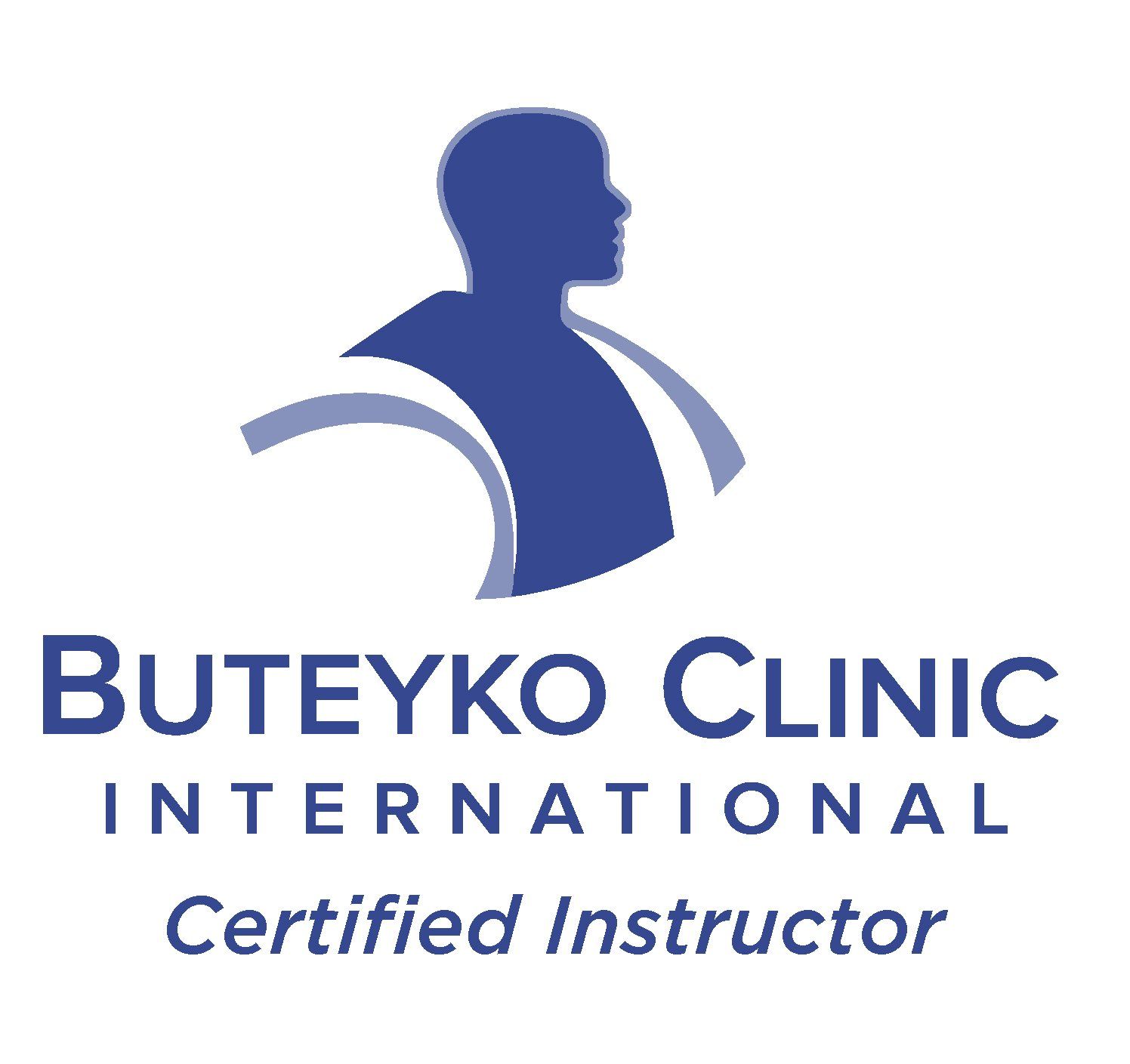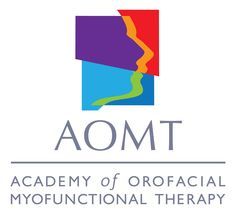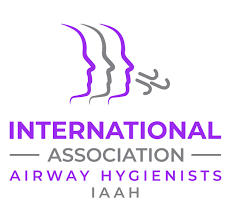FAQ
-
What are OMD’s?
“Orofacial Myofunctional Disorders (OMDs) are disorders of the muscles and functions of the face and mouth. OMDs may affect, directly and/or indirectly, sleep apnea, facial skeletal growth and development, breathing, chewing, swallowing, speech, occlusion, posture, temporomandibular joint movement, oral hygiene, stability of orthodontic treatment, facial esthetics, restricted facial and lingual frenum, forward head posture, incorrect oral habits and more.
Most OMDs originate with insufficient habitual nasal breathing or with oral breathing. The subsequent adaptation of the muscles and the orofacial functions to a disordered breathing pattern creates many OMDs. Orofacial Myofunctional Disorders may impact treatments by orthodontists, dentists, dental hygienists, speech-language pathologists, and other professionals working in the orofacial area.
Correct swallowing depends on a proper relationship between muscles of the face, mouth and throat. The act of swallowing is one function that depends on the body’s vital balance. To swallow properly, muscles and nerves in the tongue, cheeks and throat must work together in harmony. When a person swallows normally, the tip of the tongue presses firmly against the roof of the mouth or hard palate, located slightly behind the front teeth. The tongue acts in concert with all the other muscles involved in swallowing. The hard palate, meanwhile, absorbs the force created by the tongue.
Because a person swallows 500 - 1000 times a day, improper swallowing can cause a variety of problems. But it is actually the resting position of the tongue that does the most damage because it is more constant.” -Academy of Orofacial Myofunctional Therapy
-
What are some signs and symptoms of OMDs?
• Mouth Breathing
• Tongue Thrust
• Tongue Tie/Lip Tie
• Jaw Pain
• Teeth Clenching/ Grinding
• Head & Neck Aches/Forward Head Posture
• Cross Bite
• Crowded Teeth/ Orthodontic Relapse
• Tongue Scalloping (indentations on the sides of the tongue)
• Nail Biting
• Facial Pain/Asymmetry
• Digestive Issues
• Sensitive Gag Reflex
• Short Upper Lip/Gummy Smile
• Sleep Apnea/Snoring/UARS
• Insomnia
• Sleep walking/sleep talking/night terrors
• Temporomandibular Joint Disorder/TMJD
• Thumb/finger/tongue sucking
• Behavioral and cognitive issues related to poor breathing and sleep
OMT can also be utilized:
• Before and after lip/tongue tie surgery and mandibular advancements
• To help foster success with orthodontic treatment
-
Why are OMDs such a big deal?
Because they can interfere with proper growth, development, breathing, speech, eating/drinking, sleep, posture, behavior, and more. Those are quite important functions. Untreated OMDs can lead to numerous long-term sequelae.
So many people go about their lives and become accustomed to the way they feel, not knowing that their situation could be improved. I have heard over and over from people:
- “I always breathe through my mouth, that’s just the norm for me”,
- “I heard that a lot of kids grind their teeth, but they should outgrow it”,
- “I’m only clenching my teeth because I’m so stressed out”, or
- “snoring and sleep apnea runs in my family”.
Many people report that their quality of life improved greatly after their OMDs were corrected. Research is now backing up those claims in measurable ways. (see the Research section for some examples)
Here’s something to think about--Did you know that some ADHD/behavior issues can be misdiagnosed, and may actually be airway issues instead? Or that sleep apnea can contribute to or worsen ADHD? Here are just a couple of the many links to check out:
Is obstructive sleep apnea associated with ADHD?
https://pubmed.ncbi.nlm.nih.gov/21808754/
The Link between Pediatric Obstructive Sleep Apnea (OSA) and Attention Deficit Hyperactivity Disorder (ADHD)
https://pubmed.ncbi.nlm.nih.gov/34572256/
-
OMG, I have an OMD! Now what?
First of all, take a deep breath and know that you are not alone. So many of us have some type of OMD and have no idea. It is only when we start looking through a different lens that we begin to see things more clearly.
Call to schedule a consultation to discuss your concerns and goals. During our consultation, I will answer your questions and discuss if OMT is right for you or your child. Since OMT works best as a team approach, I will guide you on your first steps and which provider is best to start with, as OMT may not always be the first step of your journey to better health. I will be as flexible as possible to make sure that everything is easy and convenient for you.
-
How do I know if my child has an OMD?
If you have recognized some OMDs in yourself, you may start to notice that your child has some too, or vice versa.
Whether or not you have not been told by a healthcare provider that your child has an OMD, there are some warning signs that you may have already noticed in your child that can warrant a professional assessment. These are critically important to recognize and treat, especially when it comes to pediatric sleep-disturbed breathing.
Some signs may be, but are not limited to:
- Snoring/noisy sleep
- Bedwetting
- Sleep walking/talking
- Nightmares/night terrors
- Restless sleeping
- Child is a “picky eater”/preference for softer foods
- Dark or red circles under the eyes, called “allergic shiners”/tired looking eyes
- Higher rate of dental caries (cavities)
- Teeth crowding/malocclusion/open bite
- Thumb sucking/nail biting/pacifier sucking/blanket sucking/lip licking
- Breathing problems such as asthma & mouth breathing
- Behavioral issues/aggression/ADHD/hyperactivity
- Poor academic performance/concentration issues
- Open mouth posture/drooling
- Tongue thrust/speech issues/tongue tie
- Eustachian tube dysfunctions
- Difficulty with “tummy time” & nursing as an infant
- Teeth grinding
- Allergies
- Enlarged, inflamed tonsils
- Chronic congestion/frequent colds/runny nose
- Unfavorable growth & development of the face and mouth
When childhood OMDs are recognized and treated early, correction of them can have a life-changing impact on one’s growth, development, and quality of life. In some cases, further interventions (such as braces, etc) may be avoided altogether.
-
At our last appointment, my child’s healthcare provider told me that my child may have an OMD, but they never mentioned it before. Why am I just learning of this?
Simply put, it is because in the U.S., we are just learning about it too. Or rather “re-discovering” an old treatment with new research.
Many of us healthcare providers are just learning how to screen for OMDs, and it is high time for it. We have a lot of catching up to do, because “You don’t know what you don’t know”.
Several other countries have been leading the way with new research and treatments in OMT for the past 5-10 years.
As awareness about Myofunctional Therapy spreads here, more and more healthcare providers are being trained in recognizing OMDs. It is very likely that your child’s Dentist, Hygienist or Speech-Language Pathologist may be the first one to recognize any OMDs in your child.
In addition, providers will soon have access to a validated yet simple screening tool. In 2021, a team of researchers developed the FAIREST-6 assessment tool. It is an easy-to-use clinical screening tool to help providers from many different disciplines readily recognize the 6 “red flags” of pediatric sleep-disordered breathing.
Determinants of Sleep-Disordered Breathing During the Mixed Dentition: Development of a Functional Airway Evaluation Screening Tool (FAIREST-6) https://pubmed.ncbi.nlm.nih.gov/34467840/
-
How long does OMT take?
Every individual has different needs, but full treatment typically requires about 6-12 months’ time and collaboration with providers from different disciplines.
(Our Habit Elimination program uses a slightly different approach and is typically much shorter in time than full OMT.)
Also, OMT very much depends on cooperation from the client. Similar to personal training, without client cooperation (sticking to the exercise schedule, not missing appointments, etc), success with OMT would be minimal. There is no “quick fix” or “magic pill” in OMT, as these disorders have taken a lifetime to evolve and cannot just be undone overnight. Just like a new gym regimen, you don’t develop six-pack abs in just one workout.
Think of your journey as an orchestra and The Bridge as your conductor. Other providers may include Doctors, Dentists, Orthodontists, Otolaryngologists (ENTs), Osteopaths, Speech-Language Pathologists, Occupational Therapists, Allergists, Breathing Specialists, Bodyworkers, and more.
-
Do you accept insurance?
The Bridge currently does not accept insurance. However, some clients have had success with applying their flex spending benefits to cover myofunctional therapy. Please contact us for more information.
-
Why am I just hearing about OMT? Is it a new therapy?
Actually, OMT has been around for about 100 years, but there was never enough evidence-based research on it for the medical community to take notice. That is, until now. In the past several years there has been a tsunami of research around the world on OMT, sleep, and airway issues, and much more is on the way. The tide is indeed turning, and it is very exciting!
As stated before, every day more and more healthcare providers are seeing things differently and incorporating it into their practice. In fact, in 2017 the American Dental Association made the policy statement (https://www.ada.org/-/media/project/ada-organization/ada/ada-org/files/resources/research/the-role-of-dentistry-in-sleep-related-breathing-disorders.pdf) that Dentists should be checking all of their patients for signs of airway issues, which typically show up in the form of OMDs.
Next time you are at your dentist, please ask them to assess your airway. It only takes a minute or two.
We have no doubt that in the next few years you will be hearing more about OMT, as many more healthcare providers and learning institutions will be utilizing it.
Service Area San Francisco Bay Area







All Rights Reserved | The Bridge Myofunctional Therapy, LLC
